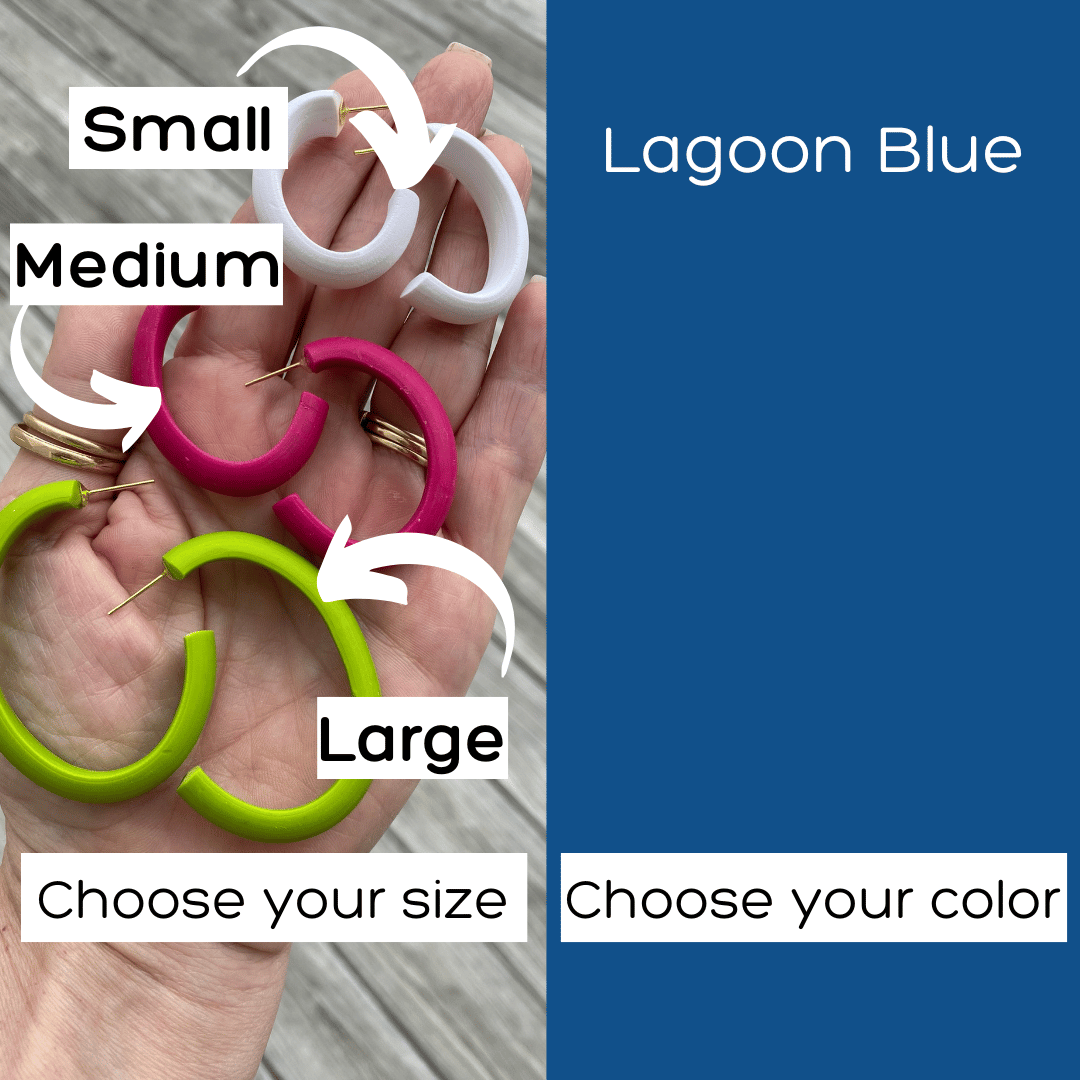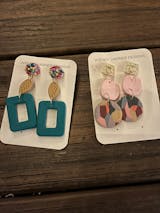
How to Read A Polymer Clay Color Recipe
Share
The color recipes are based on ‘parts’. Use ONE of the methods below to measure and mix your clay colors. Each method has a different way to establish part sizes. Each method is useful depending on the quantity of clay you would like to mix. Which method to use can be decided by a variety of factors, not objectively better or worse than the rest. Once all parts of the different colors from the recipe have been cut, mix and condition the clay using an acrylic roller or pasta machine until you get a consistent color.
Clay block method
Clay Block Method - 1 bar of clay = 1 part. The clay block method is best used for large amounts but is the least precise.
Condition your clay. Roll it out to an even thickness using your acrylic roller with depth guides or use a consistent setting on your pasta machine. Use the same cutter each time to cut out equal sized parts. A square cutter in this method makes dividing into smaller parts easier, but any symmetrical shape can be used to make the parts. If using a square cutter, cutting through the diagonals will give you accurate half and quarter parts.
Clay shape cutter method
The Clay Shape Cutter Method uses a consistent shape and depth of clay with a shape cutter to establish 1 part.
Condition your clay. Roll it out to an even thickness using your acrylic roller with depth guides or use a consistent setting on your pasta machine. Use the same cutter each time to cut out equal sized parts. A square cutter in this method makes dividing into smaller parts easier, but any symmetrical shape can be used to make the parts. If using a square cutter, cutting through the diagonals will give you accurate half and quarter parts.
Digital scale method
The digital scale method is the most precise and can be used for any quantity of clay. You decide how many grams is 1 part by weighing your clay.
Weigh a portion of clay using a digital scale to establish 1 part. For multiple parts of one color multiply 1 part by the quantity you need. Eg. If 1 part = 10g, 3 parts = 30g. If using a scale to measure your parts be aware Premo and Souffle clay are different weights! Souffle (meaning airy and light) is lighter than Premo clay. I established a weight for 1 part of Souffle and a weight for 1-part Premo Black and a weight for 1-part Premo White. I found Premo White is slightly heavier and denser than Premo Black.
Honestly, I prefer the clay shape cutter method. Once I've created my custom color, I keep track of my color recipes in my new Polymer Clay Recipe notebook available on here. I have a variety of cover art to choose from. It's a great way to keep all of your color recipes in one place for easy reference.
Like this post? Read more here.
Would you like one on one polymer clay training with me? Register here!
Like saving money on cool earrings? Click here to receive my newsletter AND get 20% your first online purchase.
See all of the products I currently have available here.


























































